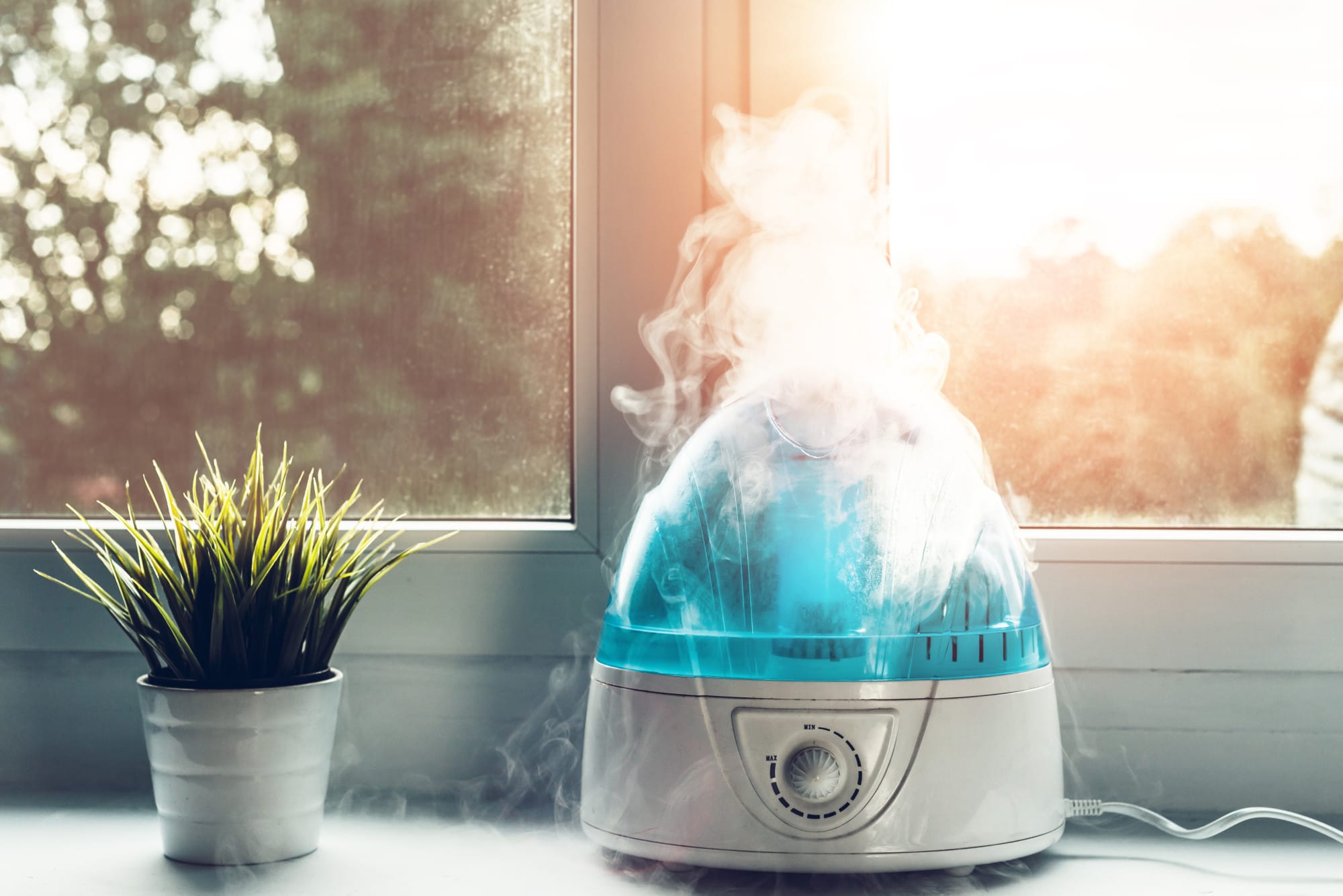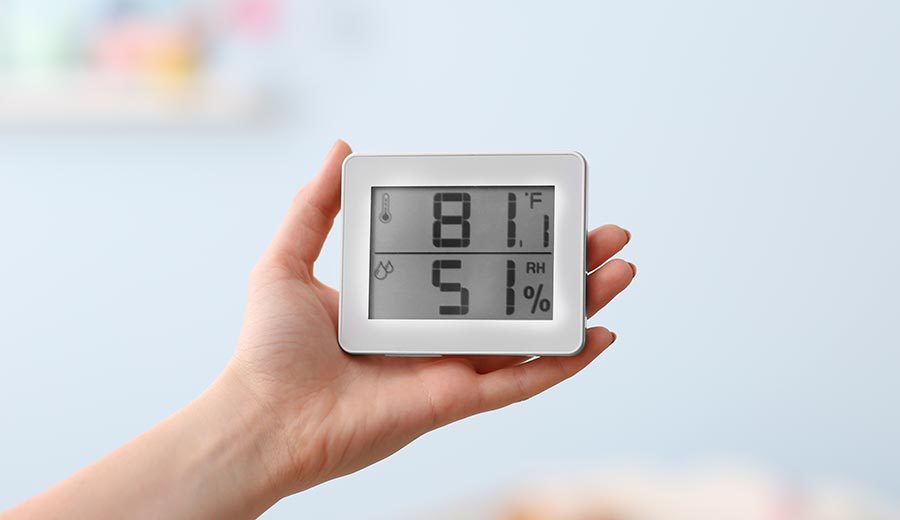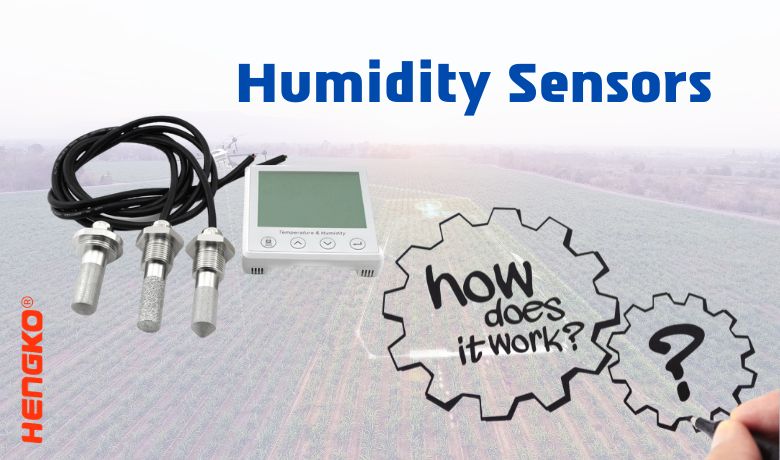Understanding the Importance of Humidity in Your Space
Maintaining optimal humidity levels is crucial for creating a comfortable and healthy environment in your home, office, or greenhouse. Humidity plays a significant role in regulating body temperature, preventing dry skin and respiratory issues, and promoting plant growth. When humidity levels are too low, it can lead to dry air, which can exacerbate health problems such as asthma and allergies. On the other hand, excessive humidity can foster mold growth, damage furniture, and create an ideal breeding ground for pests.
Humidity levels can fluctuate significantly depending on the climate, season, and indoor activities. For instance, during the winter months, the air tends to be drier due to low temperatures, while summer months often bring higher humidity levels. Understanding how to create humidity and maintain optimal levels is essential for creating a comfortable and healthy space.
Optimal humidity levels vary depending on the specific application. For example, the ideal humidity level for a home is between 30-50%, while greenhouses typically require higher humidity levels, ranging from 50-70%. By understanding the importance of humidity and how to create it, individuals can take steps to maintain optimal levels and reap the benefits of a comfortable and healthy environment.
So, how do you create humidity in your space? There are several methods and techniques available, ranging from using humidifiers and evaporative coolers to implementing DIY solutions. By exploring these options and understanding the importance of humidity, individuals can take the first step towards creating a comfortable and healthy environment that promotes well-being and productivity.
How to Create Humidity: Methods and Techniques
Creating humidity in your space can be achieved through various methods and techniques. One of the most common ways to create humidity is by using humidifiers. Humidifiers are devices that release moisture into the air, helping to maintain optimal humidity levels. There are several types of humidifiers available, including cool mist, warm mist, and ultrasonic models. Cool mist humidifiers are ideal for warm weather, while warm mist humidifiers are better suited for cold weather. Ultrasonic humidifiers, on the other hand, use high-frequency sound waves to create a fine mist, making them a popular choice for their quiet operation and low energy consumption.
Another method for creating humidity is by using evaporative coolers. Evaporative coolers, also known as swamp coolers, work by drawing hot air through a wet pad, cooling the air through evaporation. This process not only cools the air but also adds moisture, making it an effective way to create humidity. However, evaporative coolers are typically more expensive than humidifiers and require more maintenance.
Misting systems are another option for creating humidity. Misting systems involve spraying a fine mist of water into the air, typically through a network of tubes and nozzles. This method is often used in greenhouses and other commercial applications, but can also be used in residential settings. Misting systems can be more expensive than humidifiers and require more maintenance, but they can be an effective way to create humidity in large spaces.
When choosing a method for creating humidity, it’s essential to consider your specific needs and goals. For example, if you’re looking to create humidity in a small space, a humidifier may be the best option. However, if you’re looking to create humidity in a large space, a misting system or evaporative cooler may be more effective. By understanding the different methods and techniques available, you can make an informed decision and choose the best approach for your specific needs.
So, how do you create humidity in your space? By exploring the different methods and techniques available, you can find the best solution for your specific needs and goals. Whether you choose to use a humidifier, evaporative cooler, or misting system, the key is to find a method that works for you and helps you maintain optimal humidity levels.
The Role of Humidifiers in Creating a Comfortable Environment
Humidifiers are a popular solution for creating humidity in homes, offices, and greenhouses. These devices release moisture into the air, helping to maintain optimal humidity levels and create a comfortable environment. There are several types of humidifiers available, each with its own unique characteristics and benefits.
Ultrasonic humidifiers, such as the Honeywell HUL520W, use high-frequency sound waves to create a fine mist that is released into the air. These humidifiers are known for their quiet operation and low energy consumption, making them a popular choice for bedrooms and living rooms. Evaporative humidifiers, such as the Dyson AM10, use a fan to blow air through a wet wick or filter, evaporating the water and releasing it into the air. These humidifiers are often more effective in dry climates and can be more energy-efficient than ultrasonic models.
Warm mist humidifiers, such as the Vicks Warm Mist Humidifier, use a heating element to warm the water before releasing it into the air. These humidifiers are often more effective in cold climates and can be more soothing for congestion and coughs. Cool mist humidifiers, such as the Crane Drop Ultrasonic Cool Mist Humidifier, release a cool mist into the air and are often more effective in warm climates.
When choosing a humidifier, it’s essential to consider the size of the space, the desired humidity level, and the type of humidifier that best suits your needs. By understanding the different types of humidifiers available, you can make an informed decision and choose the best humidifier for your specific needs.
In addition to choosing the right humidifier, it’s also important to maintain and clean the device regularly. This includes changing the filter, cleaning the tank, and descaling the humidifier to prevent mineral buildup. By following these tips, you can ensure that your humidifier runs efficiently and effectively, creating a comfortable and healthy environment for you and your family.
DIY Humidification: Creative Solutions for a Budget-Friendly Approach
Creating humidity doesn’t have to break the bank. There are several DIY solutions that can help you achieve optimal humidity levels without spending a fortune. One of the simplest and most effective ways to create humidity is by using a pan of water on the stove. This method is especially useful for small spaces, such as apartments or offices. Simply fill a pan with water and place it on the stove over low heat. As the water heats up, it will evaporate and release moisture into the air.
Another DIY solution is to use a wet towel. This method is great for small areas, such as a bedroom or living room. Simply wet a towel and place it in the area you want to humidify. As the towel dries, it will release moisture into the air. You can also use a spray bottle to mist the towel and speed up the process.
For a more advanced DIY solution, you can create a homemade misting system. This method involves using a plastic bottle, some tubing, and a spray nozzle. Simply cut the top off the plastic bottle and attach the tubing to the spray nozzle. Fill the bottle with water and place it in the area you want to humidify. As the water flows through the tubing, it will create a fine mist that will release moisture into the air.
When using DIY humidification methods, it’s essential to monitor the humidity levels to ensure they don’t get too high. You can use a hygrometer to track the humidity levels and adjust the DIY solution accordingly. It’s also important to maintain good ventilation and air circulation to prevent mold growth and other issues.
By using these DIY solutions, you can create a budget-friendly humidification system that works for you. Remember to always monitor the humidity levels and adjust the solution as needed to ensure optimal results.
Optimizing Your Space for Maximum Humidification
Proper ventilation, insulation, and air circulation are crucial for maintaining optimal humidity levels in your space. Without these elements, humidity can become trapped, leading to mold growth, condensation, and other issues. To optimize your space for maximum humidification, it’s essential to assess and improve its humidification potential.
Start by evaluating your space’s ventilation system. Ensure that it is functioning correctly and providing adequate airflow. If your space lacks a ventilation system, consider installing one or using fans to circulate the air. Proper ventilation will help to remove excess moisture from the air, preventing it from becoming trapped and causing issues.
Next, inspect your space’s insulation. Ensure that it is adequate and not damaged. Proper insulation will help to prevent moisture from entering or escaping your space, maintaining optimal humidity levels. If your space lacks insulation or has damaged insulation, consider adding or replacing it.
Air circulation is also vital for maintaining optimal humidity levels. Ensure that your space has adequate air circulation by using fans or opening windows. This will help to distribute moisture evenly throughout your space, preventing it from becoming trapped and causing issues.
Another factor to consider is the layout of your space. Ensure that furniture and other objects are not blocking airflow or trapping moisture. Rearrange your space to promote airflow and prevent moisture from becoming trapped.
By optimizing your space for maximum humidification, you can create an environment that is conducive to maintaining optimal humidity levels. This will help to prevent issues such as mold growth, condensation, and equipment malfunction, ensuring that your space remains comfortable and healthy.
Monitoring and Maintaining Optimal Humidity Levels
Monitoring and maintaining optimal humidity levels is crucial for creating a comfortable and healthy environment. Humidity levels that are too high or too low can lead to a range of issues, including mold growth, condensation, and equipment malfunction. To ensure that your space maintains optimal humidity levels, it’s essential to monitor the humidity levels regularly.
One of the most effective ways to monitor humidity levels is by using a hygrometer. A hygrometer is a device that measures the humidity level in the air, providing an accurate reading of the current humidity level. There are several types of hygrometers available, including digital and analog models. Digital hygrometers are more accurate and provide a precise reading, while analog hygrometers are more affordable and provide a general idea of the humidity level.
In addition to using a hygrometer, it’s also important to monitor the humidity levels by observing the environment. Check for signs of high or low humidity, such as condensation on windows or walls, or dry air that causes skin irritation. By monitoring the humidity levels regularly, you can identify any issues and take corrective action to maintain optimal humidity levels.
Maintaining optimal humidity levels requires regular maintenance and upkeep. This includes cleaning and replacing filters, checking for leaks, and ensuring that the humidification system is functioning correctly. Regular maintenance will help to prevent issues and ensure that the humidification system continues to function effectively.
By monitoring and maintaining optimal humidity levels, you can create a comfortable and healthy environment that promotes well-being and productivity. Remember to use a hygrometer to monitor the humidity levels regularly and take corrective action to maintain optimal humidity levels.
Common Challenges and Troubleshooting Tips
Creating humidity can be a complex process, and several challenges may arise. One of the most common issues is mold growth, which can occur when the humidity level is too high. To prevent mold growth, ensure that the humidity level is within the optimal range and provide good ventilation and air circulation.
Mineral buildup is another common issue that can occur when using a humidifier. To prevent mineral buildup, use distilled water and clean the humidifier regularly. You can also use a demineralization filter to remove minerals from the water.
Equipment malfunction is another challenge that may arise when creating humidity. To prevent equipment malfunction, ensure that the humidifier is properly maintained and cleaned regularly. Check the humidifier’s filter and replace it as needed.
Other common challenges that may arise when creating humidity include condensation, water damage, and bacterial growth. To prevent these issues, ensure that the humidity level is within the optimal range and provide good ventilation and air circulation.
By understanding the common challenges that may arise when creating humidity, you can take steps to prevent them and ensure that your humidification system functions effectively. Remember to always follow the manufacturer’s instructions and take regular maintenance and upkeep to prevent issues.
If you encounter any issues with your humidification system, don’t hesitate to seek professional help. A professional can help you troubleshoot the issue and provide a solution to get your humidification system up and running again.
Conclusion: Creating a Humidification Plan That Works for You
Creating a humidification plan that works for you requires careful consideration of your specific needs and goals. By understanding the importance of humidity in your space, you can take steps to create a comfortable and healthy environment that promotes well-being and productivity.
Remember to assess your space’s humidification potential, choose the best method for creating humidity, and monitor and maintain optimal humidity levels. By following these steps, you can create a personalized humidification plan that suits your specific needs and goals.
Don’t forget to consider the common challenges and issues that may arise when trying to create humidity, such as mold growth, mineral buildup, or equipment malfunction. By being aware of these potential issues, you can take steps to prevent them and ensure that your humidification system functions effectively.
By creating a humidification plan that works for you, you can enjoy the many benefits of optimal humidity levels, including improved health, comfort, and plant growth. So why wait? Start creating your humidification plan today and start enjoying the benefits of a comfortable and healthy environment.
As you create your humidification plan, keep in mind the following final tips and recommendations:
– Always follow the manufacturer’s instructions for your humidification system.
– Regularly maintain and clean your humidification system to prevent issues.
– Monitor humidity levels regularly to ensure optimal levels.
– Consider using a hygrometer to track humidity levels.
– Don’t hesitate to seek professional help if you encounter any issues with your humidification system.









